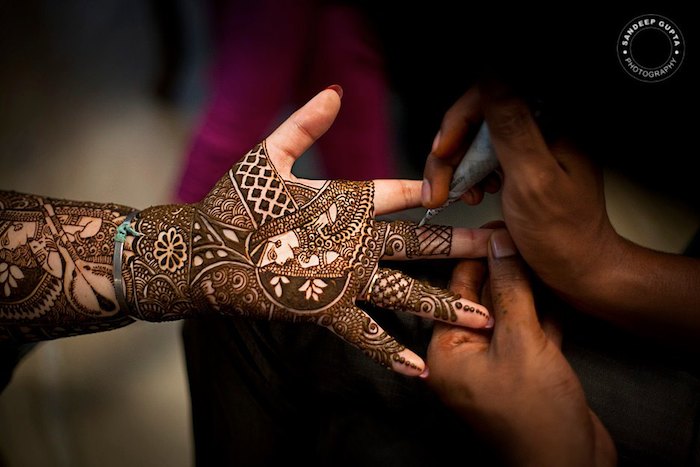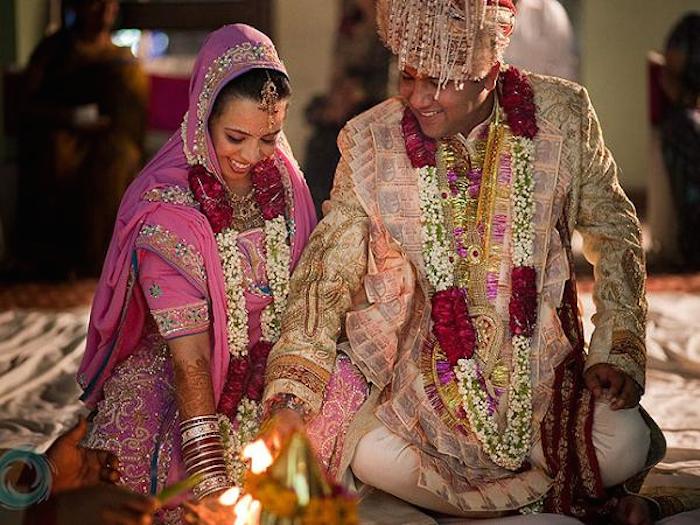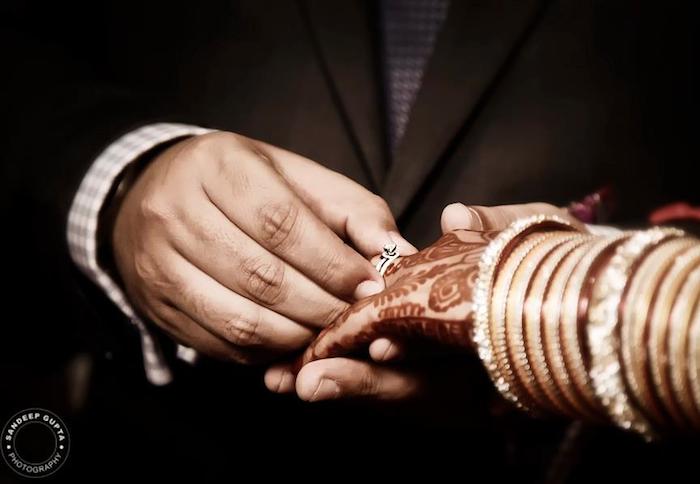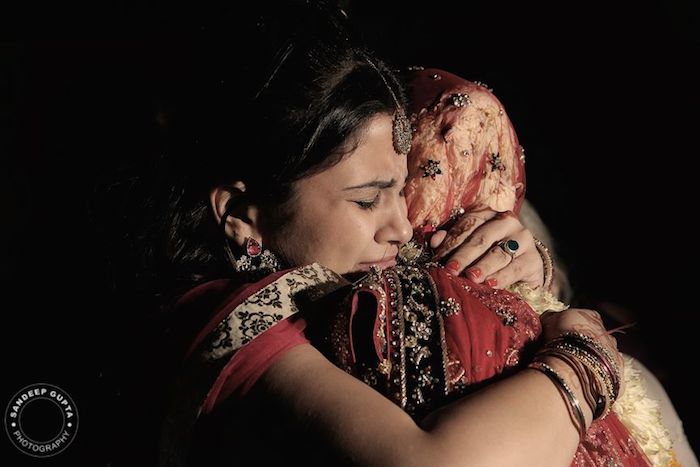An Indian wedding is not just about two people pledging their lives to each other but it’s also a marriage of two whole families. This amalgamation and coming together of two families also involves a whole lot of rituals. With so many cultures prevailing the rituals also vary a lot when we move from one region to another.
A north Indian wedding has a charm of its own. These are mostly famous for the glitz and glam that prevails over the course of celebrations. On most occasions, this is a celebration that can range from one to many days. (Mostly the celebrations range from three to five days). The most common rituals that are part of almost all North Indian weddings are:
Engagement: This is the beginning of the wedding celebration. Although mostly this ceremony is done a few months before the actual wedding. Like all other cultures it signifies the acceptance of each other by the bride and groom.
Shagun Cermony: Once the engagement is done the mother of the groom visits the bride’s home and gives gifts that include clothes, jewelry, sweets etc. to the bride. In some places, instead of the groom’s family the bride’s family members visit the groom’s house and the gifts are given to the groom. This is called the “Tilak Ceremony”.

Mehndi: A very important part of the north Indian wedding is the mehndi ceremony. The women of the family are a part of this ritual. In this they apply mehndi or henna on the palms and feet of the bride. This is considered to be auspicious. These days some stick on designs is also available in case you need a quick and beautiful resort to the permanent henna.
Sangeet: Different communities hold this ceremony in different ways. The ladies of the families sing traditional songs during this ceremony. These songs involve teasing the bride and groom and also the blessings by the elders of the family on the beginning of their new journey in life. This is held separately at the houses of the bride and grooms a night or two before the wedding.

Haldi: Applying turmeric or haldi is another auspicious ritual that is an imminent part of an Indian wedding. On the day before the wedding a raw turmeric stick is tied to the wrists and turmeric paste is applied on the bride and groom’s body. Once this is done they are not allowed to leave the house prior to the wedding.
 Marriage Ceremony: Marriage ceremony involves the kanyadaan, paanigrahan, saptapadi. These are the main rituals, which signify the bonding of the two lives to each other. Kanyadaan is the giving away of the bride to the groom. The father of the bride does this. Paanigrahan is the ritual in which the groom holds the hand of the bride and announcing his responsibilities towards the bride. And the last is the saptapadi which is the seven rounds around the fire that bride and the groom take together.
Marriage Ceremony: Marriage ceremony involves the kanyadaan, paanigrahan, saptapadi. These are the main rituals, which signify the bonding of the two lives to each other. Kanyadaan is the giving away of the bride to the groom. The father of the bride does this. Paanigrahan is the ritual in which the groom holds the hand of the bride and announcing his responsibilities towards the bride. And the last is the saptapadi which is the seven rounds around the fire that bride and the groom take together.
Bidai: Once all the rituals are done, the bride is sent along with the groom to her new house.
Apart from these main rituals, there are some other rituals as well that vary from one region to another. Some of those are Ganpati Sthapana, Mayra or Bath, Palla Dastoor, Granthi Bandhan etc. There are several ways of doing this and the rituals vary slightly from one place to other, with some or the other ritual being added here or there.
Images: Sandeep Gupta Photography


